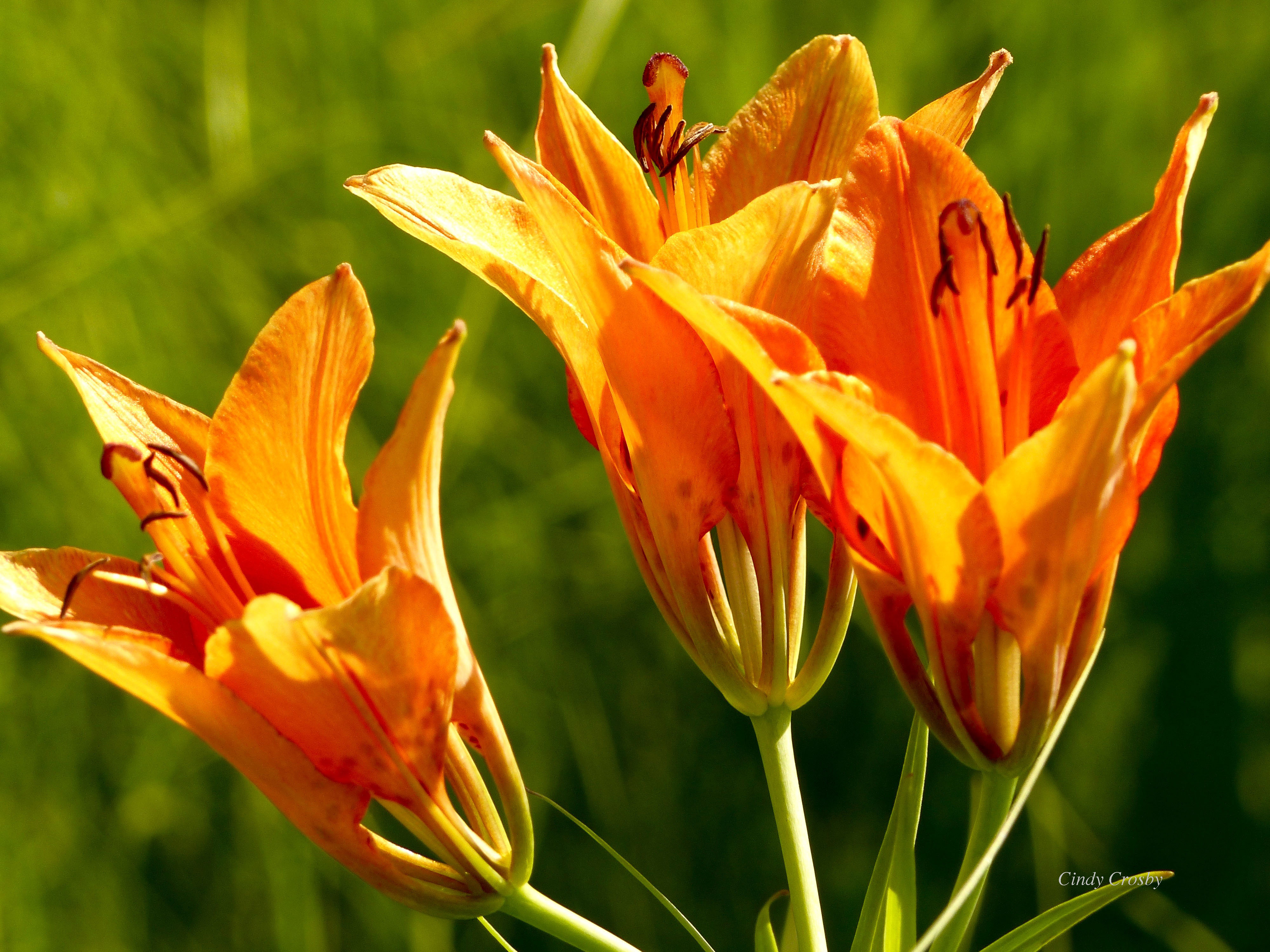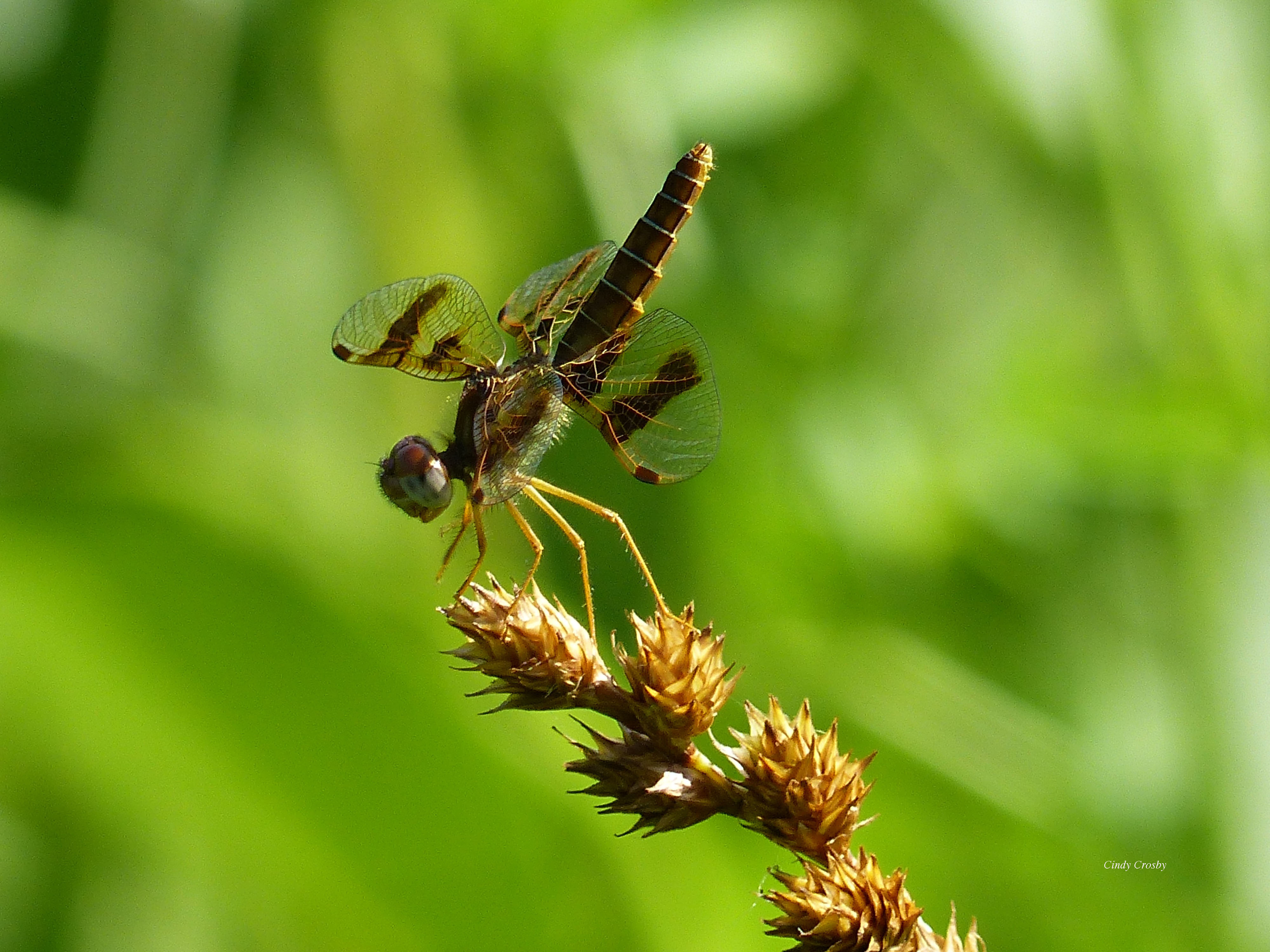“It seems to me that the natural world is the greatest source of excitement; the greatest source of visual beauty; the greatest source of intellectual interest. It is the greatest source of so much in life that makes life worth living.”–David Attenborough
*****
It’s summer in the tallgrass; almost the Fourth of July. The bison go about their business of raising young calves.

White wild indigo continues its magical year. I’ve never seen anything like the profusion of this wildflower on the prairie in the past two decades I’ve been hiking the tallgrass.

And those pale purple coneflowers! Unbelievable.

Anecdotally, the most beautiful time on the prairie is supposedly the Fourth of July. I love all four seasons in the tallgrass: the blue and black palette of winter, the golds and rusts of autumn, the first green shoots needling up through the ash of a prescribed burn in spring. But this year, from the white wild indigo and coneflowers, to the prairie lilies…

….to the black-eyed Susans…

…it’s easy to make a case for this as the most lovely season of all.
It’s not only the plants that are striking. Deep in the prairie wetlands, a calligrapher’s fly hangs out in the big bur reeds. The blooms it explores seem a foreshadowing of fireworks later this week.

Soft spiky explosions of foxtail barley grass line the prairie trails. I read up on it, and discover it’s also called squirrel-tail grass. What great names! I love this silky grass, even though it is a bit on the weedy side. More “fireworks” to enjoy.

The leaves of mountain mint and bee balm, crushed between my fingers, envelope me in their sharp fragrance as I hike. I chew a few of the leaves, enjoying the taste. While admiring the wildflowers and prairie grasses this summer, I also monitor dragonflies and damseflies—counting the different species and their numbers on the prairies and in the wetlands.
Ethereal damselflies have shown up. New ones I’ve not seen before like the one below. Sweetflag spreadwing? I’m not sure. I pore over my field guides, looking at photos and parsing through identification marks.

This lyre-tipped spreadwing, with its metallic body sizzling in the sunlight, stopped me in my tracks.

Both spreadwings are new to me this summer, after chasing dragonflies for more than a dozen years. Cascades of wildflowers, a profusion of spreadwing species…perhaps the rainy deluge the past three months has brought these about? It’s nice to think so.
There are many different bluets on the prairie, but this azure bluet damselfly in the prairie savanna grasses is a new discovery for me, and for our site.

Marla Garrison’s wonderful Damselflies of the Chicago Region taught me to look for the “bat” image on the lower part of the azure bluet’s abdomen (most people call it “the tail”). Can you see it? Right above the blue segments.

More familiar dragonflies are also out and about. Eastern amberwing dragonflies, like this female, do handstands to try and cool off in the sweltering heat.

I never tire of the widow skimmer dragonflies, even though they are ubiquitous in my region.

Ebony jewelwings, like this pair (the female with a white dot on her wings) are the essence of summer. They fly loops in and out of the reed canary grass along Willoway Brook, snatching insects and looking for mates.

I’m looking forward to celebrating the Fourth of July with my family this week. But the best fireworks happen all summer long on the prairie. Explosions of wildflowers. The pop of color from a new dragonfly or damselfly. Unusual insects to discover.
So many new adventures to anticipate.

So much to be grateful for.
****
David Attenborough is the narrator for the original episodes of Planet Earth, which I have had the joy to watch with four of my little grandkids, Ellie, Jack, Anna, and Margaret. If you haven’t checked out this award-winning series of documentaries about life on our planet, take a look here at Planet Earth II.
****
All photos copyright Cindy Crosby (top to bottom): bison (Bison bison) and wildflowers, Nachusa Grasslands, Franklin Grove, IL; white wild indigo (Baptisa alba), Schulenberg Prairie, The Morton Arboretum, Lisle, IL; pale purple coneflowers (Echinacea pallida), Nachusa Grasslands, Franklin Grove, IL; prairie lilies (Lilium philadelphicum andinum) Schulenberg Prairie, The Morton Arboretum, Lisle, IL; black-eyed Susan (Rudbeckia hirta), Schulenberg Prairie, The Morton Arboretum, Lisle, IL; calligrapher’s fly (Toxomerus — either the marginatus or geminatus) on big bur reed (Sparganium eurycarpum), prairie planting and pond, Lisle, IL; foxtail barley grass or squirrel-tail grass (Hordeum jubatum) Schulenberg Prairie, The Morton Arboretum, Lisle, IL; possibly sweetflag spreadwing damselfly (Lestes forcipatus) although it may also be slender spreadwing (Lestes rectangularis)–and so I continue learning!; prairie planting and pond, Lisle, IL; lyre-tipped spreadwing (Lestes unguiculatus), prairie planting and pond, Lisle, IL; azure bluet (Enallagma aspersum), Schulenberg Prairie Savanna, The Morton Arboretum, Lisle, IL; azure bluet (Enallagma aspersum), Schulenberg Prairie Savanna, The Morton Arboretum, Lisle, IL; female eastern amberwing dragonfly (Perithemis tenera), Schulenberg Prairie, The Morton Arboretum, Lisle, IL; widow skimmer dragonfly (Libellula luctuosa), Schulenberg Prairie, The Morton Arboretum, Lisle, IL; ebony jewelwing damselflies (Calopteryx maculata), Schulenberg Prairie, The Morton Arboretum, Lisle, IL; dragonfly monitoring at Nachusa Grasslands, Franklin Grove, IL.
Thanks to Odonata of the Eastern United States FB group and Joyce Gibbons for help on damselfly ID this week! Grateful.
*****
Cindy’s Upcoming Classes and Events
Friday, August 2, 8-11:30am — Prairie Ethnobotany at The Morton Arboretum, Lisle, IL. Discover how people have used prairie plants throughout history. Register here.
Monday, August 12, 7-8 p.m., Fox Valley Garden Club –The Garden’s Frequent Fliers: Dragonflies and Damselflies –Aurora, IL. Free and open to the public. For details and directions, click here.
August 10-13, online and in-person: Intensive Master Naturalist Training at The Morton Arboretum, Lisle, IL (sold out).
August 19-22, 8am-5pm daily, M-TH — Certified Interpretive Guide training with National Association for Interpretation at The Morton Arboretum, Lisle, IL. Earn your credential as a naturalist or cultural history interpreter! Details and registration here.
Thursday, August 29, 7-8:30 p.m.—Summer Literary Series: On the Prairie at The Morton Arboretum, Lisle, IL– Tallgrass Conversations: In Search of the Prairie Spirit, book signing, drinks, and tram ride with a lecture on the Schulenberg Prairie, the fourth oldest planted restoration in the world. Register here.
See more on http://www.cindycrosby.com
































